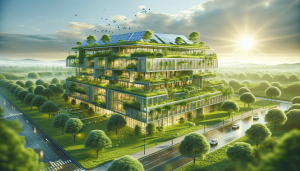In “Understanding Passive Solar Design,” we delve into the principles and practices that harness the sun’s natural energy to heat and cool our homes efficiently. Passive solar design is all about smart planning and architectural features that maximize solar gain in the winter and minimize it in the summer. By understanding the orientation of our buildings, choosing the right materials, and utilizing strategic landscaping, we can create comfortable living spaces while reducing our reliance on artificial heating and cooling systems. This approach not only lowers our energy bills but also contributes positively to our environmental footprint. Join us as we explore how passive solar design works and how we can incorporate these innovative techniques into our modern lives. How does passive solar design work? That’s what we’re here to find out together. In this engaging exploration, we’ll uncover the principles behind passive solar design, how it benefits us and our environment, and the ways we can incorporate it into our buildings. So, let’s dive in and get a better understanding of how we can harness the power of the sun in a smart and eco-friendly way.
What is Passive Solar Design?
Passive solar design is a method of designing our buildings to take advantage of the sun’s energy for heating, cooling, and lighting. It leverages natural processes and materials to maintain a comfortable temperature inside without relying heavily on artificial heating and cooling systems. This approach helps us reduce our energy consumption, lower our energy bills, and minimize our carbon footprint.
The Principles of Passive Solar Design
In passive solar design, there are a few core principles we need to consider. These include orientation, thermal mass, insulation, windows and glazing, ventilation, and shading. Let’s break each of these down further.
Orientation
The orientation of our building is one of the most critical factors in passive solar design. Ideally, we should orient our building to maximize the amount of sunlight it receives. In the Northern Hemisphere, this typically means positioning the building with a south-facing aspect to capture the most sunlight during the day.
Thermal Mass
Thermal mass refers to materials that can absorb and store heat during the day and release it slowly at night. Materials such as concrete, brick, and stone are excellent examples. By incorporating thermal mass into our design, we can create a more stable indoor temperature, reducing the need for artificial heating and cooling.
Insulation
Good insulation is key to keeping the heat we gain from the sun inside our building. Proper insulation in walls, roofs, and floors helps keep our living space comfortable and energy-efficient. This way, we can maintain the warmth during winter and keep our building cool during summer.
Windows and Glazing
Windows play a significant role in passive solar design, as they allow sunlight to enter our building. The placement, size, and type of glazing can impact how much heat and light we gain. South-facing windows with double or triple glazing are typically the most effective for energy efficiency.
Ventilation
Natural ventilation is another crucial aspect of passive solar design. Proper ventilation helps regulate indoor temperature by allowing cool air to replace warm air. This can be managed through the strategic placement of windows, vents, and other openings.
Shading
Shading is essential to prevent overheating during the summer months. We can use elements like overhangs, pergolas, shading devices, or even vegetative shading, such as trees and shrubs, to block out excessive sunlight and keep our indoor space cooler.
The Benefits of Passive Solar Design
So, why should we invest time and effort into passive solar design? There are numerous benefits to adopting this approach, both for us and the environment.
Energy Efficiency and Cost Savings
One of the most significant advantages of passive solar design is its potential for energy savings. By reducing our dependency on artificial heating and cooling systems, we can lower our energy consumption and save on utility bills.
Environmental Impact
Utilizing passive solar design helps reduce our greenhouse gas emissions and our overall environmental footprint. By relying on renewable energy from the sun, we contribute to a more sustainable and eco-friendly future.
Comfort and Health
A well-designed passive solar building can enhance indoor comfort and air quality. By maintaining stable temperatures and allowing for natural light and ventilation, we create a healthier living environment for ourselves.
Low Maintenance
Passive solar design typically requires less maintenance than conventional heating and cooling systems. With fewer mechanical parts and a reliance on natural processes, our buildings can be more durable and cost-effective in the long run.
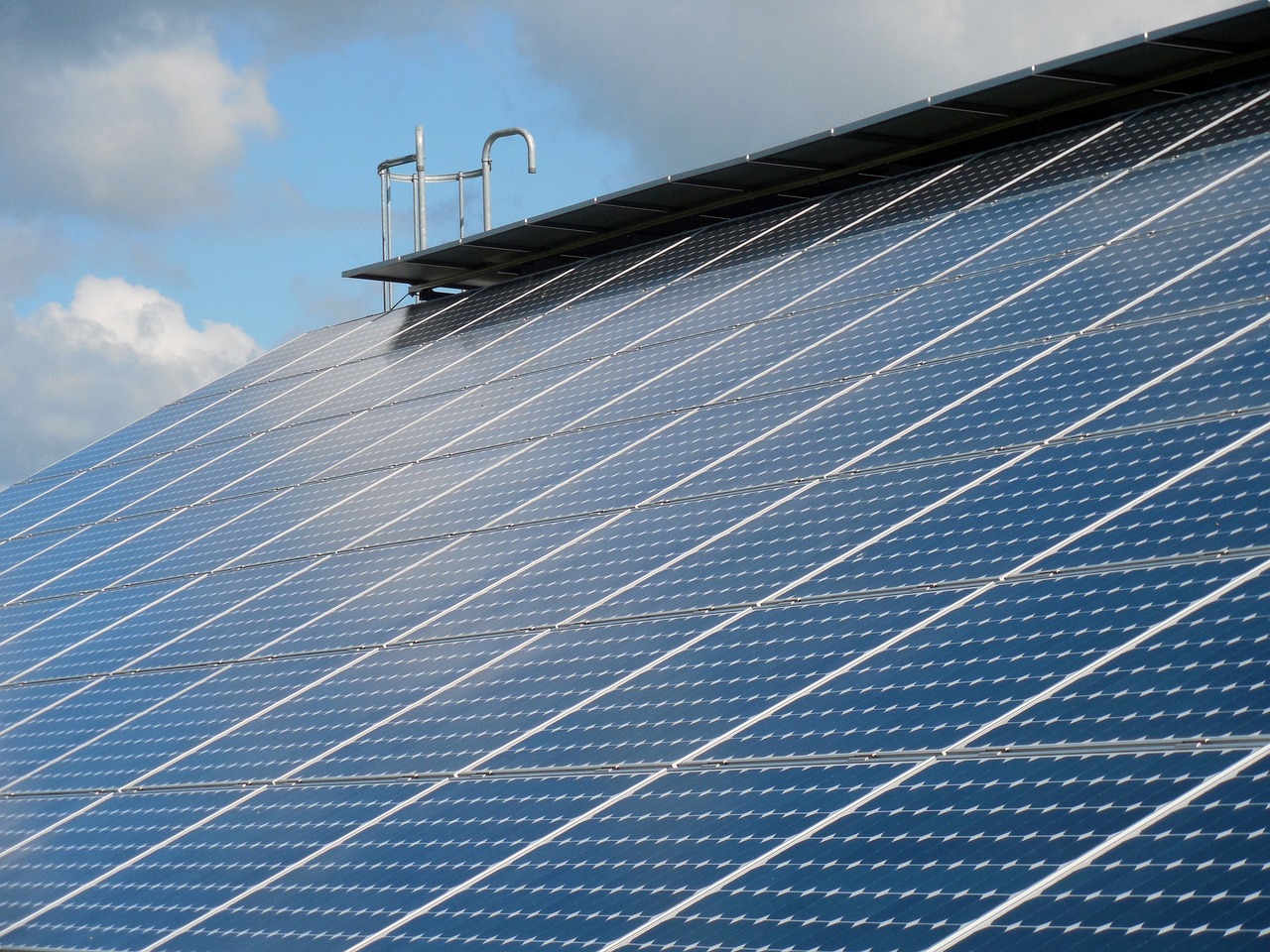
Key Components of Passive Solar Design
Passive solar design can be broken down into several key components that work together to harness the sun’s energy effectively. Let’s explore these components in more detail.
Direct Gain
Direct gain is the most straightforward approach to passive solar design. It involves capturing sunlight directly through south-facing windows, allowing it to heat the interior space. This method is highly effective when combined with thermal mass materials that store and release heat gradually.
Indirect Gain
In indirect gain systems, the sunlight is captured by a thermal mass placed between the exterior and interior living space. Trombe walls, or thermal storage walls, are a classic example. These walls absorb heat during the day and slowly release it into the interior space during the night.
| Advantages | Disadvantages |
|---|---|
| Provides consistent, gradual heat gain | May require additional structural support |
| Enhances thermal comfort | Limited window view through the wall |
| Reduces heat loss through the wall | Potential for overheating during the summer |
Isolated Gain
Isolated gain systems use separate components, such as sunspaces or atriums, to collect and store solar energy. These spaces act as buffers between the exterior and interior living areas, providing additional insulation and heat distribution.
Sunspaces
Sunspaces, also known as solariums or conservatories, are enclosed areas attached to the main building. They capture and store solar energy, which can be distributed into the adjacent rooms as needed. Sunspaces can serve as living areas, greenhouses, or simply as stylish architectural features.
Atriums
Atriums are open, central areas within a building that allow sunlight to penetrate deep into the structure. They provide natural light and warmth, promoting energy efficiency and visual appeal.
Passive Solar Heating
Passive solar heating is a crucial aspect of passive solar design. By utilizing the natural energy from the sun, we can keep our homes warm and cozy without relying heavily on artificial heating systems.
Design Strategies for Passive Solar Heating
To maximize the benefits of passive solar heating, we need to implement several design strategies. These include proper orientation, thermal mass, insulation, and window placement.
- Orientation: Ensure our building is oriented with a south-facing aspect to capture the maximum amount of sunlight throughout the day.
- Thermal Mass: Incorporate materials like concrete, brick, or stone that can absorb and store heat. This helps maintain a stable indoor temperature, especially during colder months.
- Insulation: Properly insulate walls, roofs, and floors to keep the gained heat inside the building. This minimizes heat loss and ensures a comfortable living space.
- Window Placement: Strategically place south-facing windows to allow sunlight to enter the building. Use double or triple glazing to enhance energy efficiency.
Passive Solar Cooling
While heating is crucial, we also need to consider passive solar cooling techniques to prevent our buildings from overheating, especially during the summer.
Design Strategies for Passive Solar Cooling
To achieve effective passive solar cooling, we can implement several design strategies:
- Shading: Use elements like overhangs, pergolas, and shading devices to block excessive sunlight. Vegetative shading, such as trees and shrubs, can also be effective.
- Natural Ventilation: Ensure proper ventilation through strategically placed windows, vents, and other openings. This allows cool air to replace warm air and regulates indoor temperature.
- Thermal Mass: Just as thermal mass can store heat, it can also help keep our building cool by absorbing excess heat during the day.
- Reflective Surfaces: Use reflective materials and light-colored surfaces to minimize heat absorption and keep our building cooler.
The Economics of Passive Solar Design
One of the key factors that might sway us towards passive solar design is the economic standpoint. By understanding the costs and benefits associated with implementing this design strategy, we can make more informed decisions.
Initial Investment vs Long-Term Savings
While it is true that there might be an initial investment associated with incorporating passive solar design principles, the long-term savings are substantial. Let’s break down the economic considerations.
| Costs | Long-Term Savings |
|---|---|
| Architectural and Design Costs | Lower energy bills |
| Construction of Thermal Mass | Reduced HVAC maintenance costs |
| Installation of High-Quality Windows | Lower environmental impact |
The benefits of reduced energy costs and minimal mechanical system maintenance can quickly outweigh the initial costs, offering us significant financial savings over the lifespan of the building.
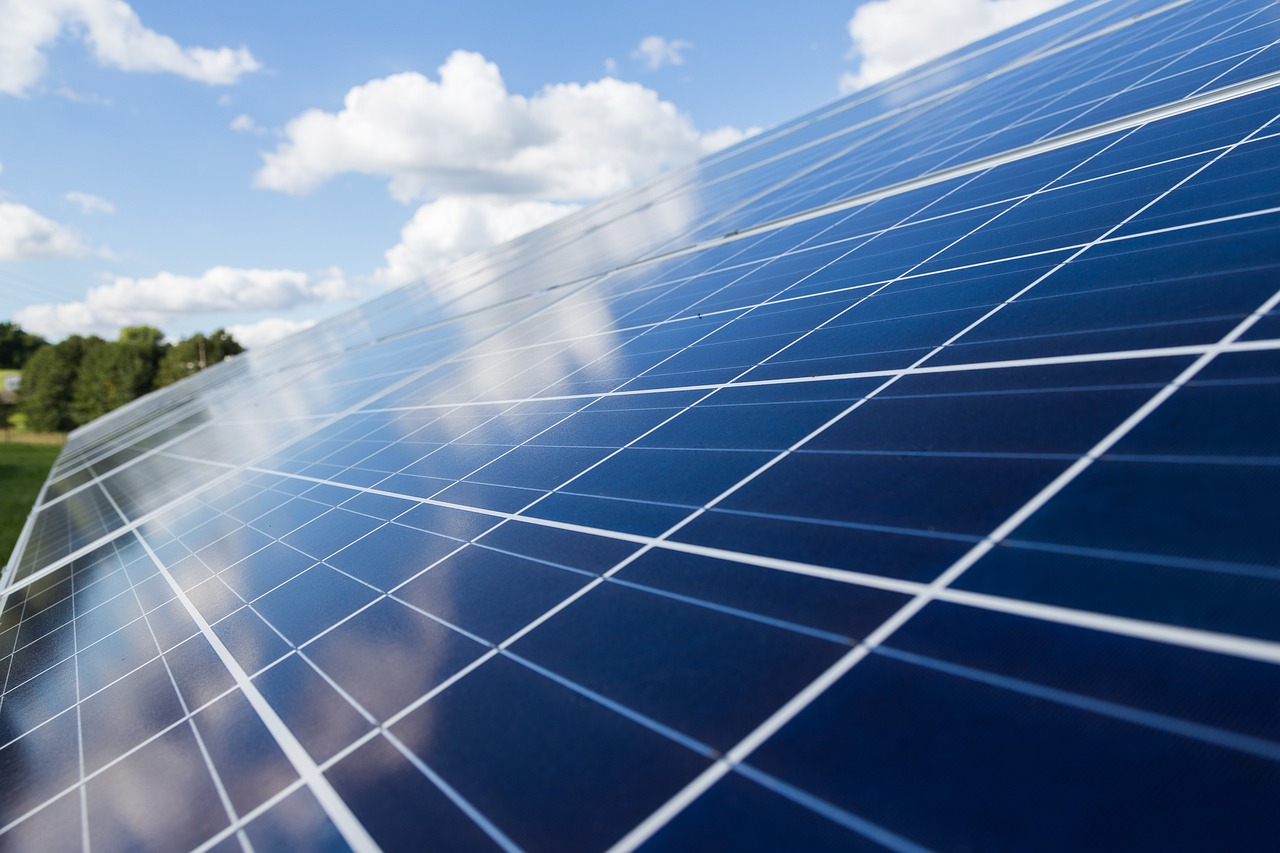
Case Studies and Real-Life Examples
To further illustrate the principles and benefits of passive solar design, let’s look at a few case studies and real-life examples.
Case Study 1: The Solar Decathlon
The Solar Decathlon is a biennial competition organized by the U.S. Department of Energy. University teams compete to design and build energy-efficient homes. Over the years, many winning designs have incorporated passive solar principles.
Team Example
In one competition, a university team designed a house with south-facing windows, significant thermal mass in the walls and floors, and a sunspace that provided both heating and natural light.
Case Study 2: The BedZED Project
The Beddington Zero Energy Development (BedZED) in the UK is one of the most well-known examples of sustainable urban living. This community emphasizes passive solar design to minimize energy consumption.
Design Features
The buildings in BedZED are oriented to maximize solar gain, utilize thermal mass for heat storage, and incorporate extensive insulation. The project also includes solar shading devices and natural ventilation.
Case Study 3: Traditional Adobe Homes
Traditional adobe homes, commonly found in desert climates, are excellent examples of passive solar design. These homes use thick adobe walls to absorb and store heat, keeping the interior cool during the day and warm at night.
Architectural Insights
The use of indigenous materials, proper orientation, and natural ventilation in adobe homes highlight the timeless principles of passive solar design.
Incorporating Passive Solar Design into Our Projects
Ready to implement passive solar design in our projects? Here are some steps and considerations to guide us through the process.
Planning and Design
The planning phase is crucial for successful passive solar design. We need to consider the location, climate, and site conditions to make informed decisions.
- Site Analysis: Assess the site to determine the best orientation, taking into account the sun’s path, prevailing winds, and surrounding structures.
- Climate Considerations: Understand the local climate to choose appropriate design strategies, such as maximizing solar gain in colder climates or focusing on shading in hotter areas.
Material Selection
Choosing the right materials is essential for effective passive solar design. Here are some considerations for material selection:
- Thermal Mass Materials: Select materials with high thermal mass, such as concrete, brick, or stone, to absorb and store heat.
- Insulation: Use high-quality insulation materials to prevent heat loss and maintain indoor comfort.
- Glazing: Invest in double or triple-glazed windows to enhance energy efficiency and reduce heat loss.
Construction and Implementation
During the construction phase, it’s vital to adhere to the design principles and ensure proper installation.
- Quality Workmanship: Ensure precise construction and installation to avoid gaps or thermal bridges that could impact energy efficiency.
- Monitoring and Adjustment: After construction, monitor the building’s performance and make any necessary adjustments to optimize passive solar gains.
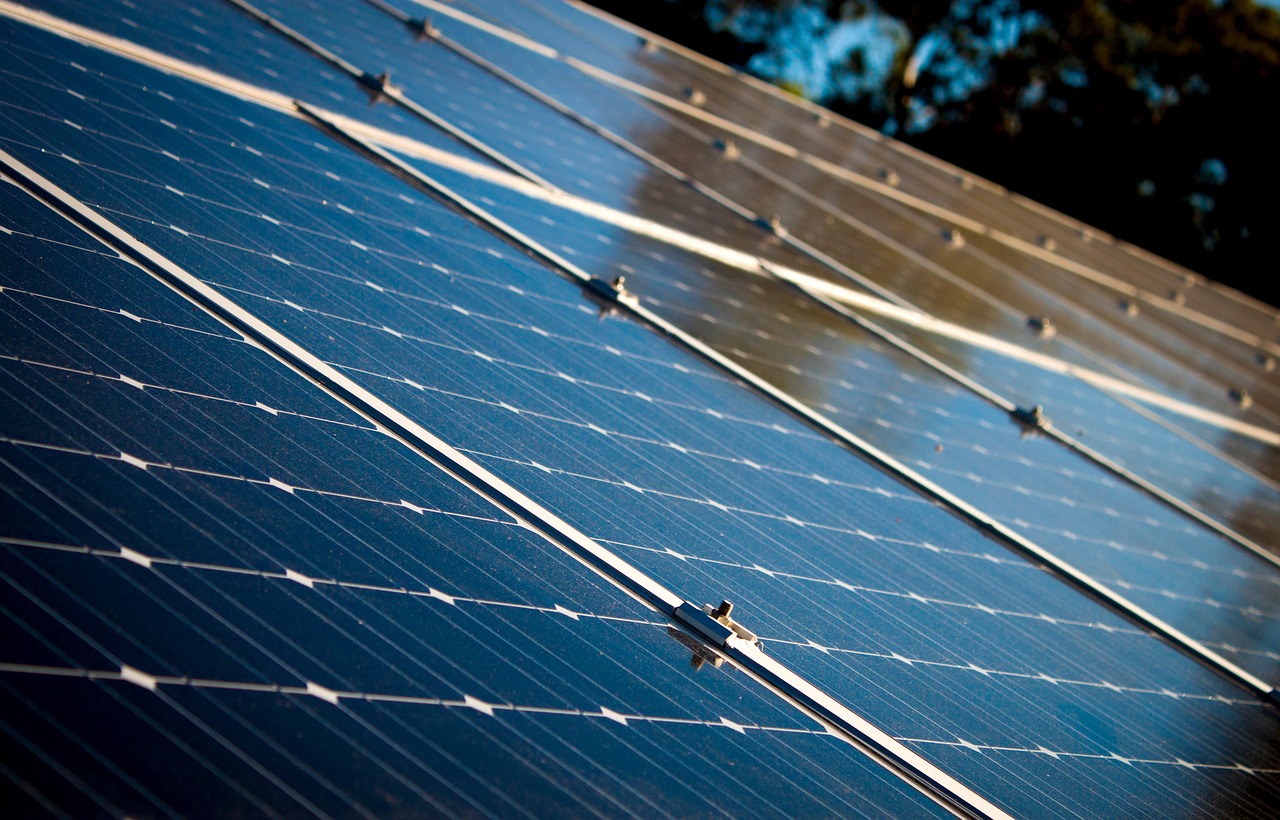
Common Challenges and Solutions
While passive solar design offers many benefits, we may encounter some challenges. Let’s explore these challenges and potential solutions.
Challenge 1: Overheating
Overheating can occur if there’s excessive solar gain or inadequate ventilation. To address this, we can implement proper shading, enhance natural ventilation, and utilize thermal mass to absorb excess heat.
Challenge 2: Inconsistent Climate
In regions with inconsistent climates, it may be challenging to balance solar gain and cooling needs. One solution is to incorporate flexible design elements, such as adjustable shading devices and integrated HVAC systems for backup.
Challenge 3: Budget Constraints
While the initial investment may be a concern, focusing on high-impact, cost-effective design strategies can help. Prioritize elements like proper orientation, thermal mass, and insulation, which often offer the most significant benefits.
The Future of Passive Solar Design
As we move towards a more sustainable future, the importance of passive solar design will only continue to grow. Innovations in materials, technology, and design strategies will likely enhance the effectiveness and accessibility of passive solar solutions.
Emerging Technologies
New technologies, such as advanced glazing systems, dynamic shading devices, and smart building controls, are making it easier to optimize passive solar design and achieve greater energy efficiency.
Sustainable Urban Development
Passive solar design will play a crucial role in sustainable urban development, helping cities reduce their carbon footprint and create healthier, more energy-efficient environments for their residents.
Education and Awareness
Increasing education and awareness about the benefits of passive solar design can empower more people to adopt these principles in their homes and communities. By sharing knowledge and resources, we can drive widespread adoption of sustainable building practices.
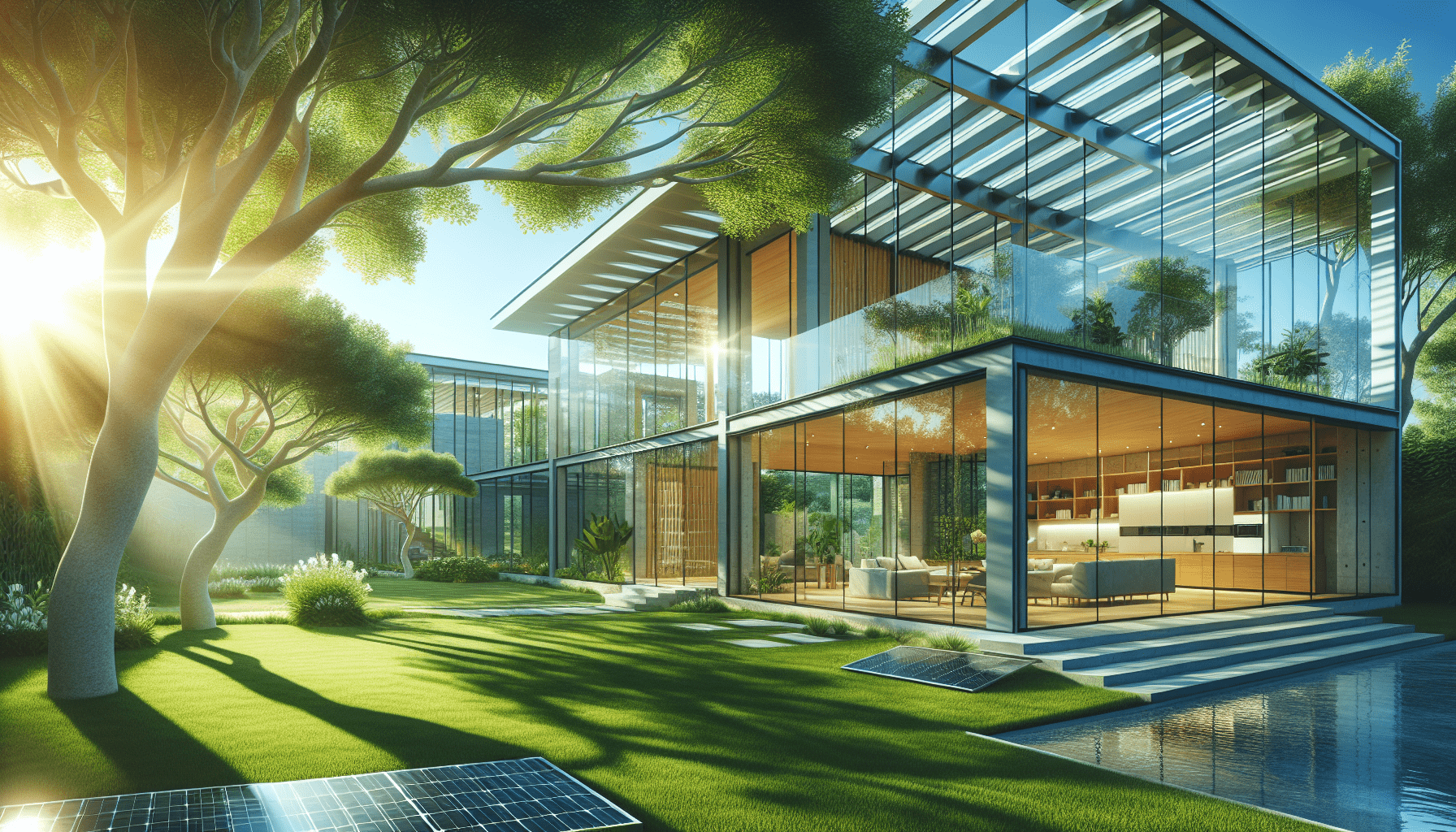
Conclusion
Passive solar design is a powerful and practical approach to creating energy-efficient, comfortable, and environmentally friendly buildings. By understanding the principles of orientation, thermal mass, insulation, windows, ventilation, and shading, we can harness the sun’s energy to heat, cool, and light our spaces naturally.
The benefits of passive solar design extend beyond energy savings, offering enhanced comfort, reduced environmental impact, and long-term financial benefits. By incorporating these principles into our projects, we can contribute to a more sustainable and resilient future.
So, let’s embrace passive solar design and work together to create buildings that not only meet our needs but also respect and protect our planet. Together, we can make a significant difference for ourselves and future generations.


